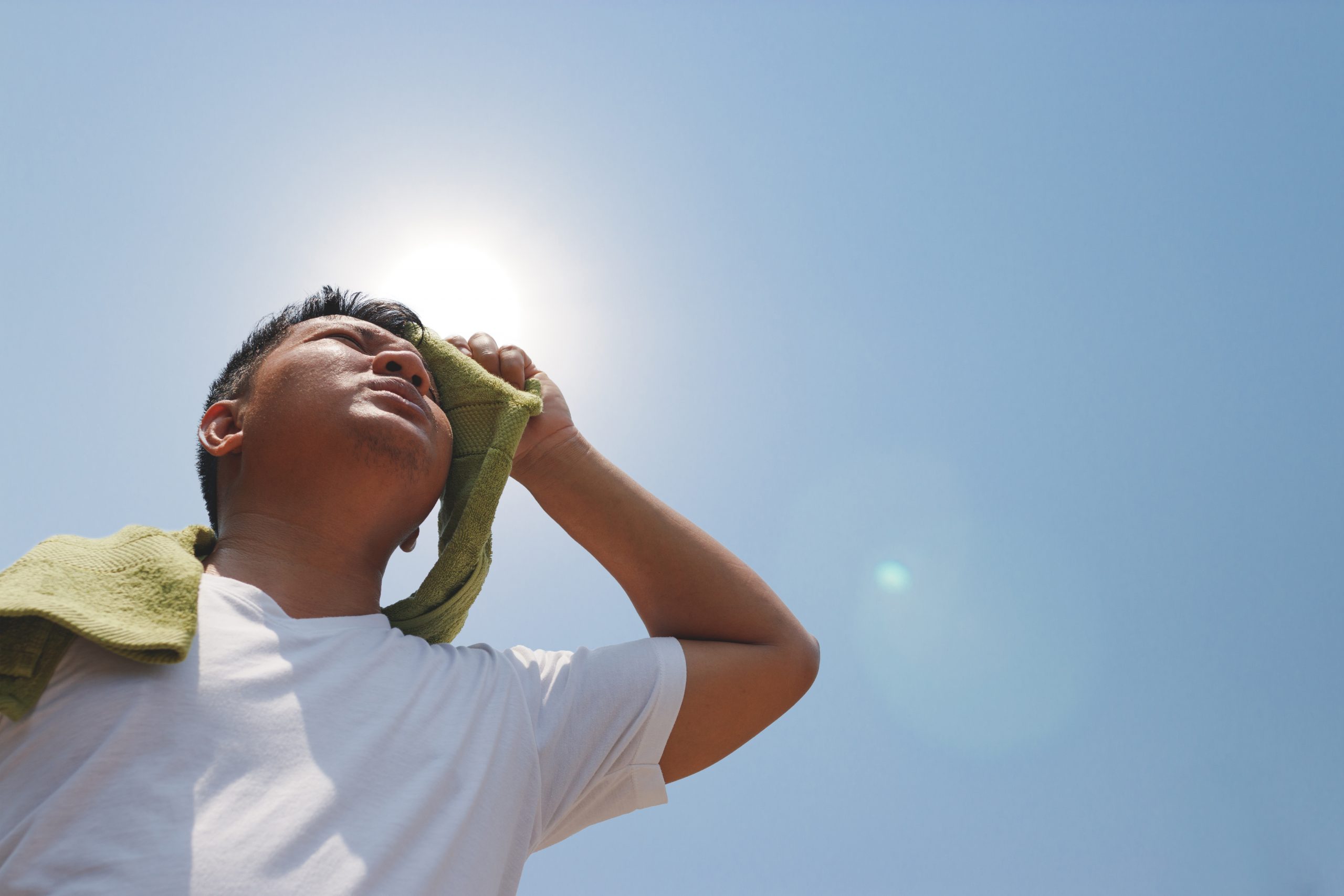
When Southeast Texas turns up the heat, it’s more than just uncomfortable — it can be dangerous. High temperatures and humidity put everyone at risk for heat-related illnesses like heat exhaustion and heatstroke, which can become life-threatening without quick action.
Beaumont Emergency Hospital is here 24/7 to deliver fast, expert care when every second matters.
Understanding Heat Exhaustion
Heat exhaustion happens when your body overheats due to loss of water and salt, often through heavy sweating. If untreated, it can quickly progress to heatstroke, a true medical emergency.
There are two types of heat exhaustion:
- Water depletion: Symptoms include excessive thirst, weakness, headache, and fainting.
- Salt depletion: Symptoms include nausea, vomiting, muscle cramps, and dizziness.
Both require prompt attention to prevent serious complications.
Symptoms of Heat Exhaustion
Watch for these warning signs:
- Heavy sweating
- Cool, pale, clammy skin
- Dizziness or fainting
- Fatigue or weakness
- Nausea or vomiting
- Muscle cramps
- Headache
- Fast, weak pulse
- Low blood pressure when standing
What To Do for Heat Exhaustion
- Move to a cooler, shaded, or air-conditioned area.
- Loosen tight clothing.
- Apply cool, wet cloths to the skin or take a cool bath.
- Sip water slowly — avoid gulping or drinking large amounts at once.
If symptoms persist for longer than an hour, worsen, or if vomiting prevents rehydration, seek medical care immediately.
Our team at Beaumont Emergency Hospital is always ready to help when the heat takes a serious toll.
Recognizing Heatstroke: A Medical Emergency
Heatstroke is the most severe heat-related illness and requires immediate emergency treatment. It happens when the body’s temperature rises rapidly, sometimes reaching 106°F or higher within minutes.
Symptoms of Heatstroke
- High body temperature (103°F or higher)
- Hot, red, dry, or damp skin
- Rapid, strong pulse
- Headache
- Dizziness or confusion
- Nausea and vomiting
- Fainting
- Seizures
What To Do for Heatstroke
- Call 911 immediately — Heatstroke is life-threatening.
- Move the person to a cooler location.
- Help lower their body temperature with cool cloths or a cool bath.
- Do not give fluids if the person is unconscious, confused, or unable to swallow.
Preventing Heat-Related Illnesses
Protect yourself and your family by following these simple tips:
- Hydrate regularly — don’t wait until you’re thirsty.
- Dress smart — wear lightweight, loose-fitting, light-colored clothing.
- Use sunscreen — sunburn can hinder your body’s ability to cool down.
- Avoid outdoor activities during peak heat (typically 10 a.m. – 4 p.m.).
- Rest in the shade or air conditioning whenever possible.
- Never leave children or pets in parked vehicles — temperatures rise dangerously fast.
When to Seek Emergency Help
If you or someone you love shows signs of heat exhaustion or heatstroke, don’t hesitate. Immediate medical intervention can save lives.
Sources
